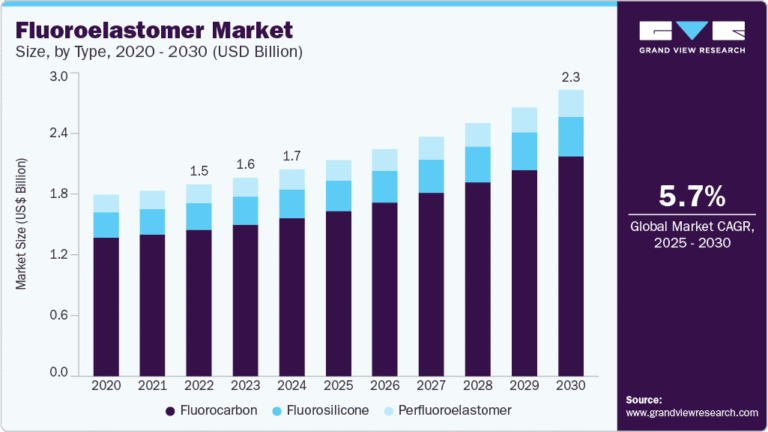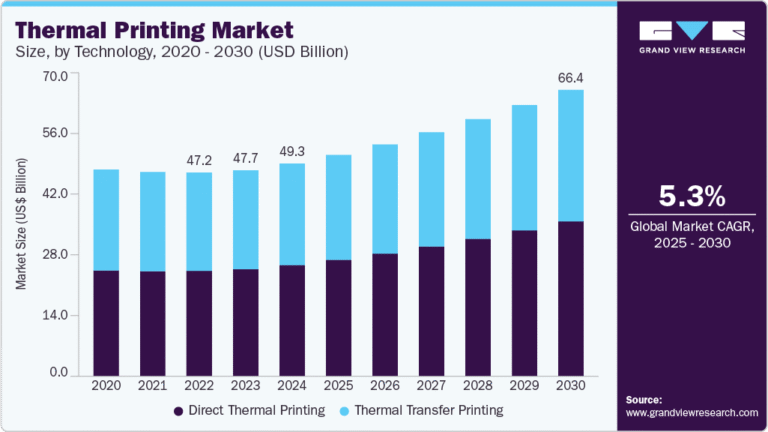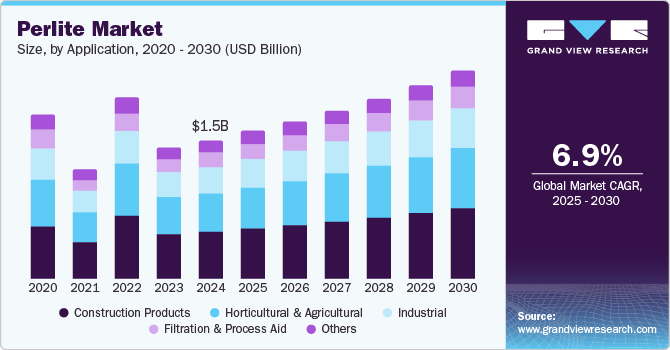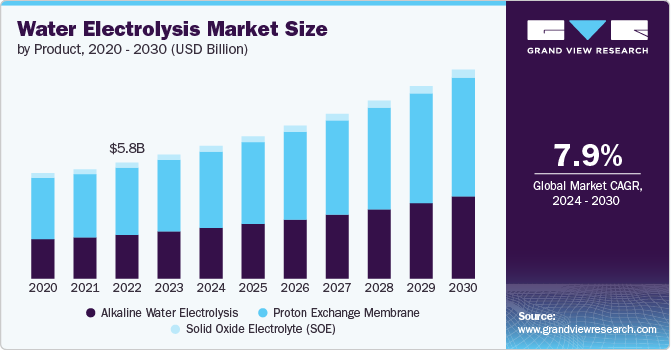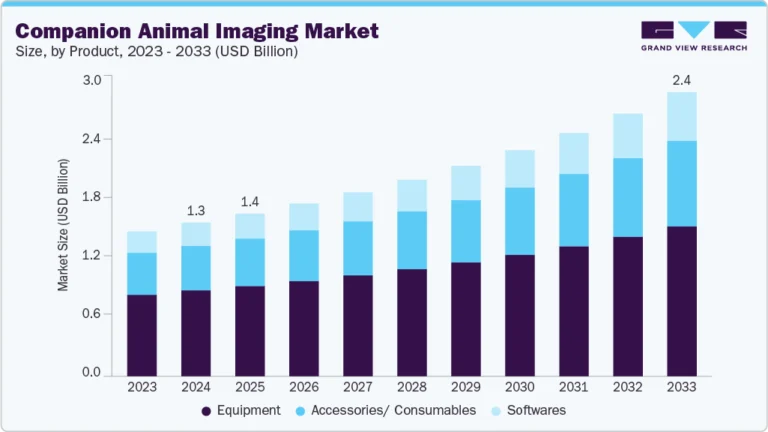Industrial Automation And Control Systems Market Size, Share & Trends Analysis growing at a CAGR of 10.8% from 2025 to 2030
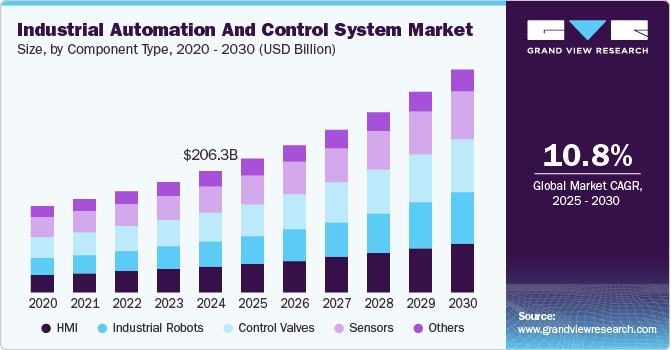
The global industrial automation and control systems market size was estimated at USD 206.33 billion in 2024 and is projected to reach USD 378.57 billion by 2030, growing at a CAGR of 10.8% from 2025 to 2030. The market is growing rapidly, driven by the rising demand for efficiency, precision, and safety across manufacturing industries.
Key Market Trends & Insights
- The Asia Pacific industrial automation and control systems market held the largest share of 39% in 2024.
- The U.S. industrial automation and control systems market is expected to grow at a significant CAGR over the forecast period.
- By control system, the distributed control system (DCS) segment holds a substantial share in 2024.
- By end-use, the manufacturing segment commands a high share in 2024.
Market Size & Forecast
- 2024 Market Size: USD 206.33 Billion
- 2030 Projected Market Size: USD 378.57 Billion
- CAGR (2025-2030): 10.8%
- Asia Pacific: Largest market in 2024
Request a free sample copy or view report summary: https://www.grandviewresearch.com/industry-analysis/industrial-automation-market/request/rs1
As businesses seek ways to minimize human error and boost productivity, the adoption of automation solutions like robotics, artificial intelligence, and IoT-based control systems has increased. Additionally, the push toward digital transformation and Industry 4.0 integration has made real-time monitoring, predictive maintenance, and optimized workflow management crucial for companies looking to stay competitive. Rising labor costs and the shortage of skilled workers are also incentivizing companies to invest in automation, contributing to the expansion of this market.
Government initiatives worldwide are playing a pivotal role in promoting the growth of the market. Various countries have launched policies and funding programs aimed at encouraging industries to adopt advanced automation technologies to boost economic growth and support sustainable practices. For example, the “Make in India” initiative promotes industrial modernization to enhance manufacturing efficiency and competitiveness, while Europe’s “Green Deal” provides incentives for automation that aids in reducing carbon footprints. These government efforts often include tax breaks, subsidies, and research grants that enable companies to invest in automation technologies, thereby propelling market growth
The market is poised for significant growth opportunities, largely due to emerging technologies and evolving industry needs. The integration of artificial intelligence (AI) and machine learning in automation systems is providing new avenues for advanced analytics, predictive maintenance, and decision-making capabilities, which appeal to industries seeking operational efficiency. Additionally, as sectors like pharmaceuticals, automotive, and consumer goods embrace automation to meet changing consumer demands, the demand for customized, scalable solutions is rising. Expansion into emerging markets, where automation adoption is still in the early stages, offers significant growth potential as companies look to modernize production facilities and enhance global competitiveness.

